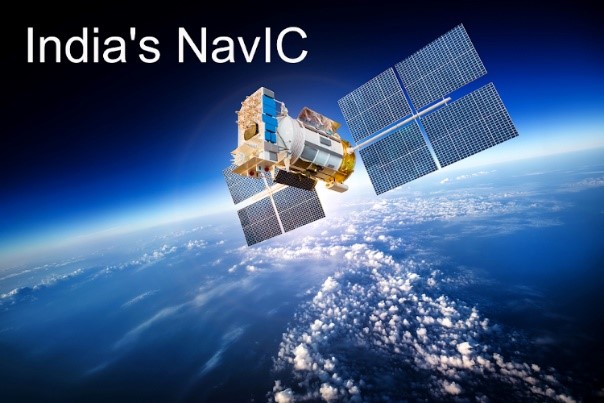Free Courses Sale ends Soon, Get It Now


Free Courses Sale ends Soon, Get It Now



Disclaimer: Copyright infringement not intended.
Context
READ ABOUT NaVIC: https://www.iasgyan.in/daily-current-affairs/navic-11
Details
What’s new in the second-generation NavIC satellite?
Other than that:
The L1 frequency is among the most commonly used in the Global Positioning System (GPS), and will increase the use of the regional navigation system in wearable devices and personal trackers that use low-power, single-frequency chips.
What is the significance of the atomic clock on board the NVS-01 payload?
Age of the satellites
What is the advantage of having a regional navigation system?
|
PRACTICE QUESTION Q. Consider the following statements: 1. NavIC signals come to India at a 90-degree angle, making it easier for them to reach devices located even in congested areas, dense forests, or mountains. 2. NavIC provides coverage over the Indian landmass and up to a radius of 25000 km around it. 3. NavIC provides position accuracy better than 100 m and timing accuracy better than 50 nanoseconds. 4. NavIC uses satellites in high geo-stationery orbit. How many of the above statements are correct? a) Only one b) Only two c) Only three d) All of the above. Answer: b) Only two Explanation: Statement 1 is correct. Statement 2 is incorrect: NavIC provides coverage over the Indian landmass and up to a radius of 1500 km around it. Statement 3 is incorrect: NavIC provides position accuracy better than 20 m and timing accuracy better than 50 nanoseconds. Statement 4 is correct |
© 2024 iasgyan. All right reserved